Lashan River Park: Jinan’s Most Hidden Treasure, Known as the “Mini Yuanmingyuan”
Situated on the east bank of the Lashan River in the western new city of Jinan, Lashan River Park is like an open-air museum, showcasing a forgotten Shandong. This 500-meter-long park, known as the ‘mini Yuanmingyuan,’ has been praised for its ingenious integration of historical relics and artistic stories, transcending the conventional boundaries of green spaces. The park was constructed in 2013 but was closed for six years due to complex conservation efforts before reopening in 2019, serving as a testament to Jinan’s rich historical layers—— Here, recycled millstones, imperial gate towers, and mysterious stone carvings seem to whisper tales of emperors, ancient history, and daily life. For international visitors, this place offers a raw and poetic experience, allowing them to feel the essence of Chinese culture, away from the polished facades of typical tourist attractions.
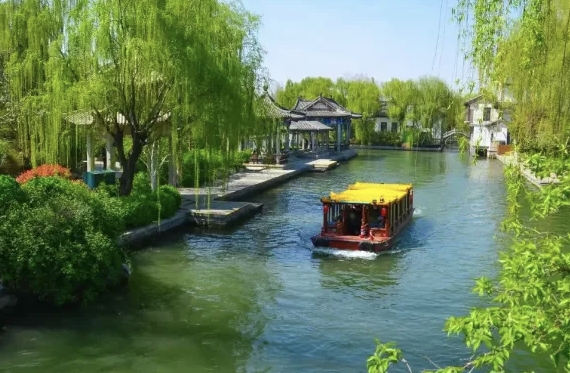
Creation and Design Concept: Memory Salvation in Concrete
The establishment of the park reflects Jinan’s transformation. As the city expanded westward, the village gradually vanished under the steel and glass for the high-speed rail station project. Xu Songtao, an artist from Chengdu, Sichuan, who is both the designer of the park and the planner for the Beijing Olympic Games ceremony, proposed the concept: “Rural rivers flow through the city, and old demolition materials are transformed into new landscapes.” Xu Songtao’s team searched the demolition site and rescued Qing Dynasty stone slabs, Ming Dynasty stone lions, and boundary steles from the Republic of China era from Guanying Camp. They even salvaged a Ming Dynasty bridge from the Yufu River, where the wheel tracks on the bridge are still clearly visible today. Xu Songtao refused to simply replicate the past; instead, he reinterpreted it: the ‘Old Silver Shore’ gate of the park was redesigned as a European-style bank from the 1920s, built with blue bricks, paying tribute to Jinan's history as a treaty port.
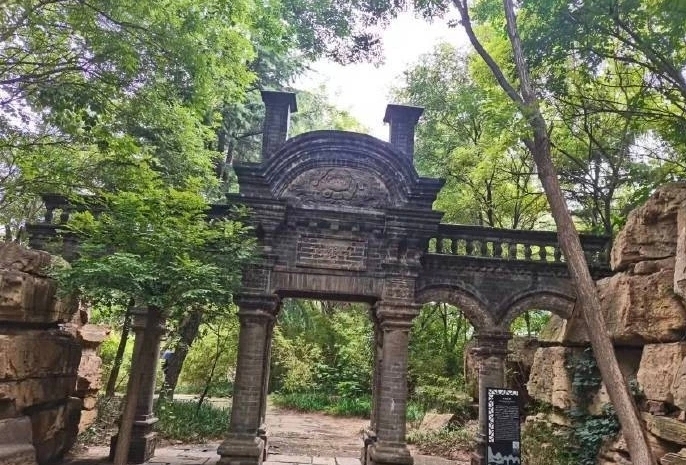
Cultural Relics Tell Stories: A Walk Through Time and Space. Every corner here is a dialogue with the past:
1. Dai’an Gate and Haiyan Gate: These two magnificent gates recreate the fortified walls built in the 19th century to resist the Nian Army. Their names, Dai’an Gate facing Mount Tai and Haiyan Gate facing the sea, evoke Jinan’s unique identity as the first county of Hai Dai.
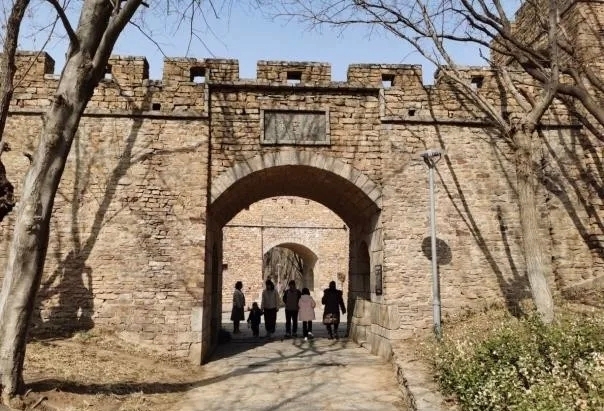
2. Bell Tower: Rescued from the Guandi Temple in Dayinma Village, its Jiaqing-period pillars are engraved with prayer couplets. Inside, a boundary marker from the Republic of China period marks the border between Jinan and Changqing.
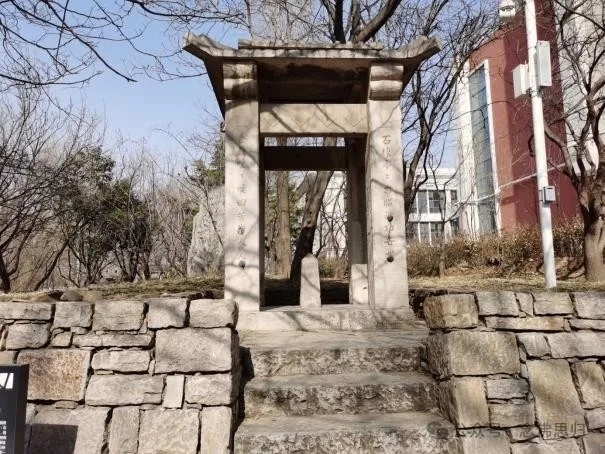
3. Dongyi Rock Carvings: These primitive scenes of war and labor are carved on stones found in the fields of Feixian, a tribute to the Dongyi culture of the Neolithic Age in Shandong province. Their pitted surfaces mimic the Loulan site and reflect the connections of the Silk Road.
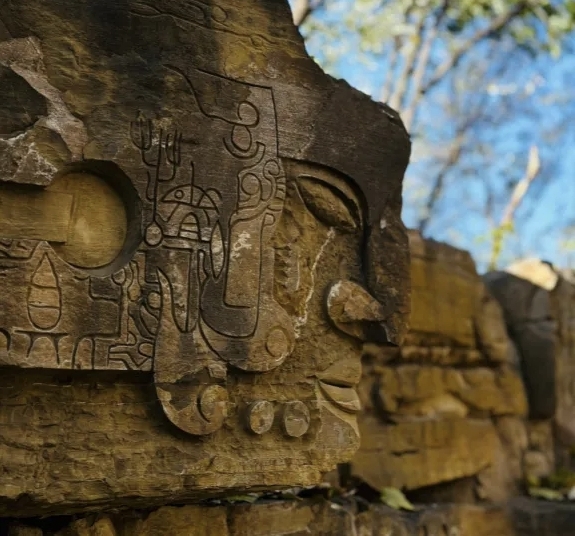
The Reborn River: Ecology and Urban Renewal
The park is set against the backdrop of the Lashan River, a symbol of urban renewal. Once an overlooked flood channel, this river underwent a complete transformation over the 2022-2023 ecological restoration project, with its 4.6-kilometer stretch now looking refreshed. Engineers implemented rainwater and sewage separation, dredged the silt, and added new bridges. Today, the clear river flows through a vibrant cultural corridor, lined with the Provincial Grand Theatre, the Press Building, and the Jinghu Line commercial district. As dusk falls, cyclists leisurely ride along the riverside path to Impression Jinan · Spring World, a bustling night market that seamlessly blends tradition and modernity.
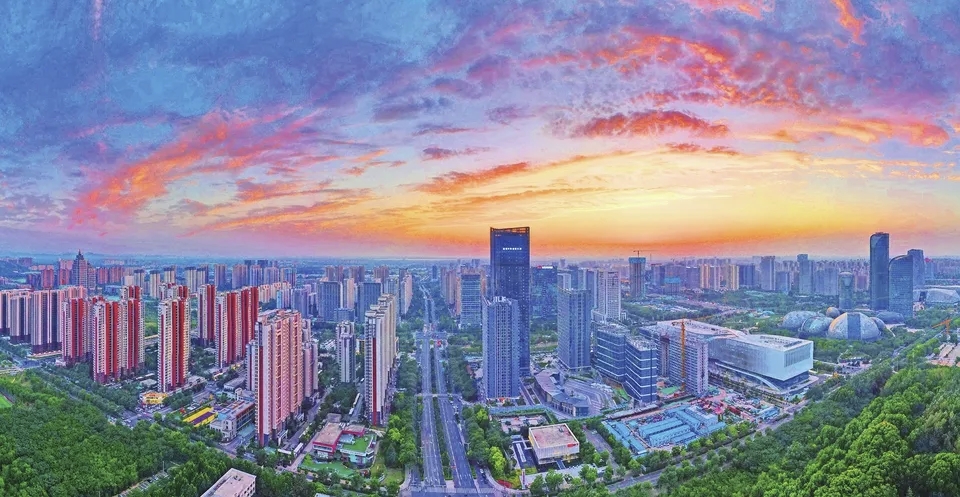
Challenges and Global Resonance: Balancing Access and Preservation
The ‘Closed Years’ of Lashan River (2013-2019) revealed the tension between cultural heritage and public access. When it first opened, the stone carvings were damaged and fragile tiles were stolen. In addition, safety issues became increasingly prominent —— the riverside walkway lacked guardrails.
But now its reopening marks a new approach,
Adaptive reuse: The “Art and War Square” in the park is decorated with stone gos and wheels, and also serves as an open-air classroom for Confucian and Taoist philosophy.
Living Heritage: Mr.Xu plans to put a spinning wheel and farm tools in a replica of the Great Wall of Qi to create a free folk museum, which is not yet realized but is mature enough for international curating.
For global tourists, Laoshan offers a tactile historical experience that curatorial museums lack. Children can place their palms in the bullet holes on the war memorial; in the summer rain, the scent of old blue bricks connects different cultures. As one visitor remarked, “This is China you can truly touch, not just a postcard.”
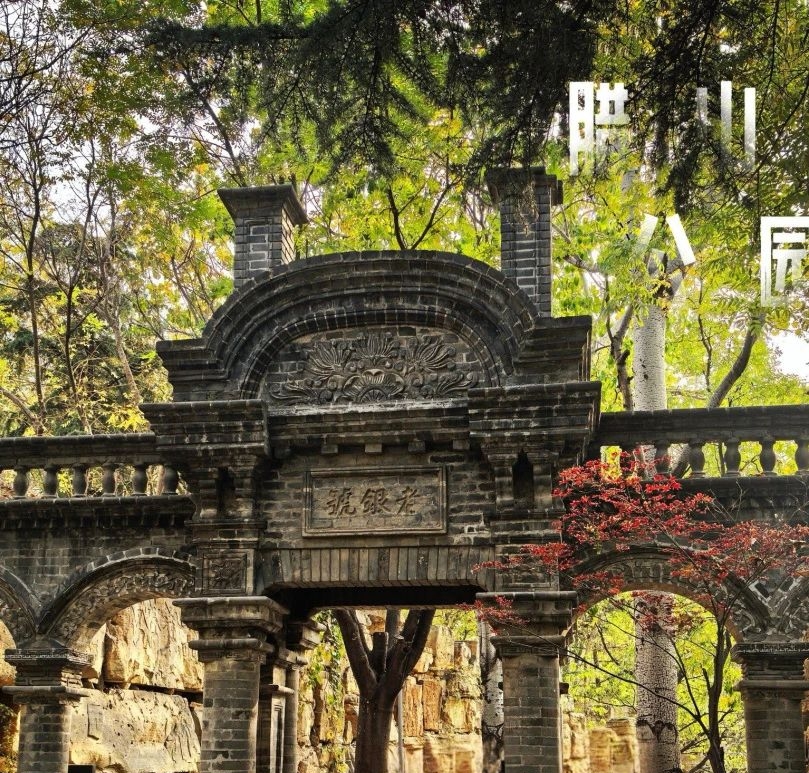
The whispers of the riverbank: Lashan River Park is more than just a miniature version of the Old Summer Palace; it is a declaration of resilient memory. In the stone forest, we trace the rise and fall of dynasties and the laughter of rural life; in the river, we witness the ecological revival of the city. For travelers seeking a soul beyond the Great Wall or the Forbidden City, this unassuming park in the western suburbs of Jinan seems to whisper that history is not about grandeur but about the cracks, moss, and mended fragments of everyday life. As Xu Songtao put it, “If old Jinan can be preserved, it will be the most beautiful city in the world.” At least here, its soul still beats.



